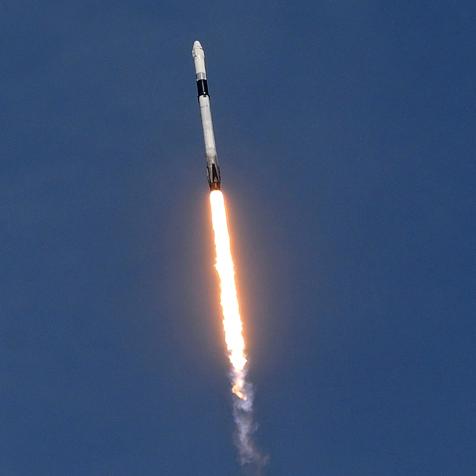
Blue Origin/Twitter
William Shatner Becomes Oldest Man to Travel to Space After Successful Blue Origin Space Flight
On the morning of October 13, William Shatner joined the crew of New Shepard for its second crewed flight, NS-18. Due to a few holds, the scheduled 10A liftoff was delayed by about 50 minutes from Blue Origin's Launch Site One in Texas. Despite the delays, liftoff and touchdown went off without a hitch, making Star Trek star William Shatner the oldest man to go to space.
After a few delays this morning, William Shatner has gone where no 90 year old has gone before. Joined by Chris Boshuizen (a former NASA engineer and co-founder of satellite company Planet Labs,) Glen de Vries (the co-founder of software company Medidata and vice chair of life sciences at a French software company) and Audrey Powers, (Blue Origin’s vice president of mission and flight operations), congrats to the NS-18 crew and Blue Origin on a successful mission!
NS-18 Space Flight Photos
William Shatner's Journey to Space with Blue Origin 15 Photos
Follow the journey from liftoff to landing that brought William Shatner to the precipice of space. New Shepard's flight (NS-18) lasted just 11 minutes and traveled beyond the internationally recognized boundary of space known as the Kármán Line, 62 miles above the Earth. With the successful landing of NS-18 Wednesday morning in the Texas desert, the Star Trek star has become the oldest person ever to go to space at age 90. Congrats Blue Origin, William Shatner, and the NS-18 crew.
The flight lasted about 11 minutes as the crew of NS-18 travel beyond the Kármán Line, 62 miles above the Earth. Also onboard NS-18, were thousands of postcards from students from around the world featuring inspirational messages about inventing the future of life in space.
Here's everything that happened this morning.
Shatner’s inclusion on the spaceflight is fitting, as he spent much of his career portraying the commander of a starship in his role as Captain Kirk in the original “Star Trek” television series, along with seven feature films.



















